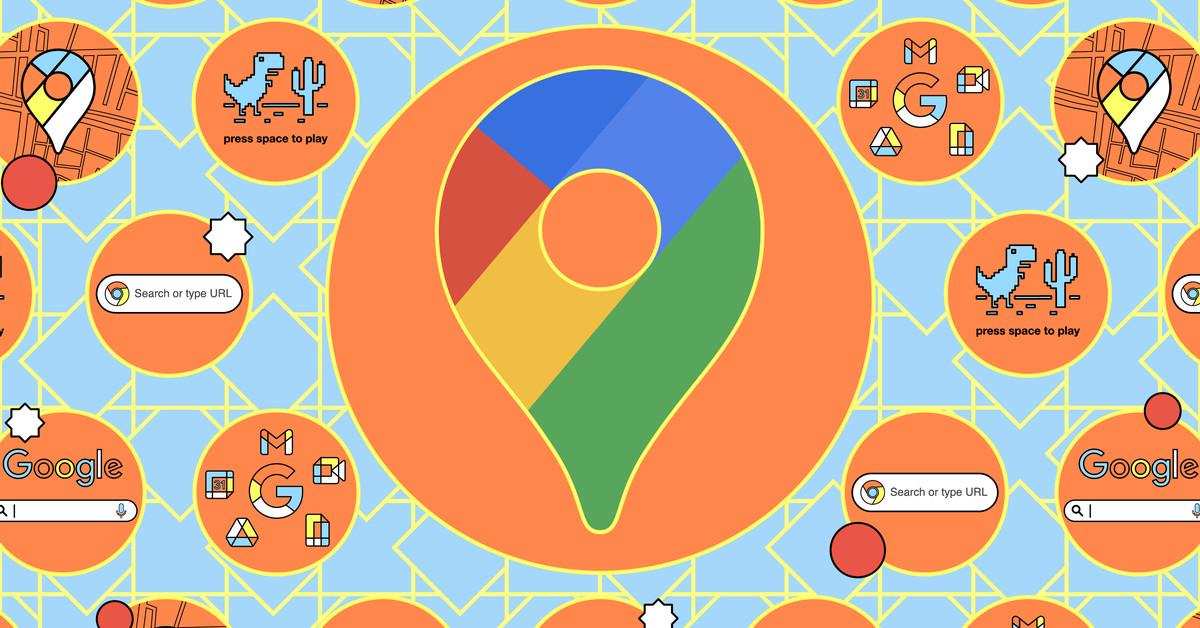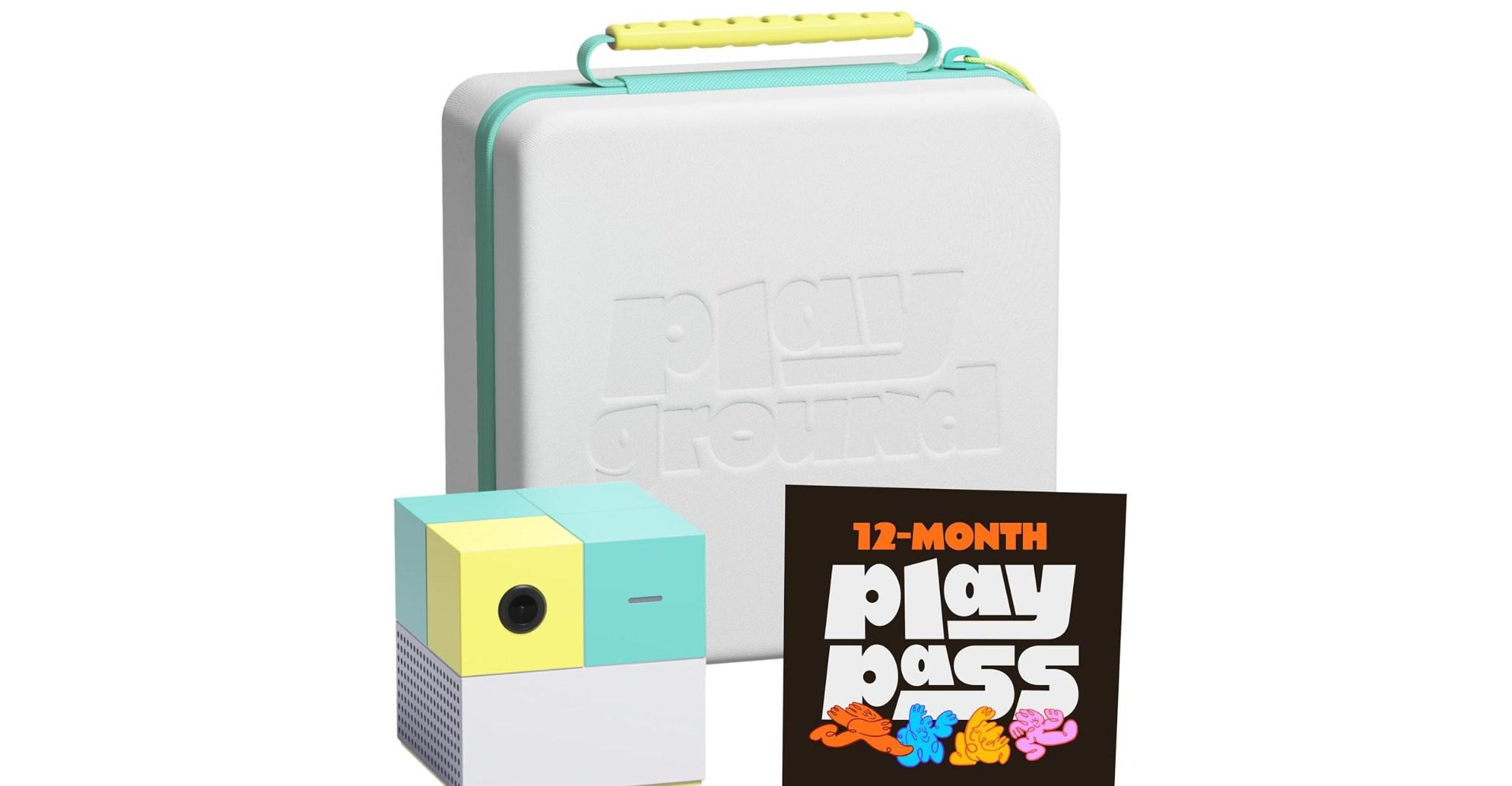Many of us are hyperaware of the multitude of ways we can be tracked with modern technology, so you may feel like you don’t need to add another to the mix. But knowing the whereabouts of trusted friends and family can be useful a lot of the time, and it’s something you can do from your Android phone.
- Home
- Technology
- News
How to keep track of friends and family on Android
The most obvious choice for location sharing on Android is Google Maps, as it comes preinstalled. There are other options you can try as well.


It’s worth saying at the start that you stay in control of who can see you and when — and you can stop location sharing at any time if someone in your life goes from being trusted to distrusted.
I’ve used this many times to figure out where to meet someone or to check when guests are going to arrive so I know exactly how much time I’ve got left to tidy up. It can be helpful for parents, too, to know their kids are safe and where they’re supposed to be.
Location sharing via Google Maps
The most obvious choice for location sharing on Android is Google Maps, as it comes preinstalled (and is available on iPhones, too). There are other options you can try as well, which I’ll get to.
Location sharing can be a one-way or two-way arrangement, so you can see other people without them seeing you if you want (and if they permit it). If you do want to make your location visible, you need to enable location tracking on your phone: from Settings in Android, tap Location, then enable the Use location option.
To start sharing your location:
Your chosen contact then gets an alert in Google Maps saying you’re sharing your location with them. They’ll get the option to share their location back, but they don’t have to. There’s no way to specifically request to see someone else’s location: they either have to follow the steps above or reciprocate through your location-sharing message.
The same Location sharing screen where you add new contacts also lists the people you’re currently sharing location data with — you’ll see the whereabouts of all these people plotted on the map.
Tap on a contact in the list underneath the map to zoom in on their precise location. You’ll also get an information card telling you how far away they are from you, when their location was last updated, and the battery level of their phone (which might be the reason they’re ignoring your calls).
You can tap Directions to get directions from your current location to the contact or Stop to immediately stop sharing your location with this particular person. You can also set up notifications for a contact:
Bear in mind that if you’re using the Google Family Link app to monitor the device of a child, location monitoring is an option there, too, on its own dedicated tab. You might find it more convenient to use this app rather than Google Maps for your kids — Google has more information about the feature.
Location sharing using other apps
Other apps on your phone may have some kind of location-sharing feature built into them as well. In WhatsApp, for example, you can tap the paper clip icon at the bottom of a conversation, then tap Location to let someone know where you are for a period of up to eight hours.
Locations can be shared with your friends and family in Snapchat, too, via the Snap Map. Tap the map pin icon (lower left) on the main screen to see where all of your contacts are — or at least those contacts sharing their location with you. Tap the gear icon up in the top-right corner to set which of your friends are able to see where you are.
In terms of dedicated location-sharing apps not made by Google, Glympse is the best one I’ve come across. You get plenty of options for managing who can see your location and when, and you can even use it with people who don’t have Glympse installed on their phones. (They’ll be sent a link to a map on the web.)
Life360 is good, too, but it’s geared primarily toward families. As well as offering location-sharing features (including location-based alerts) that you and your kids can make use of, the app also offers private messaging and device tracking features. It can even warn you if it thinks a family member has been involved in an accident using phone sensors in the same way as Google’s Personal Safety app.
Sabalenka named WTA Player of the Year for second straight season
- 16 hours ago
Pakistan qualify for semi-final of under 19 Asia Cup cricket
- 14 hours ago

YouTube made its video player easier to navigate on TVs
- 6 hours ago
AI boom seen lifting chipmaking equipment sales 9pc to $126bn in 2026
- 13 hours ago
Tagic Army Public School (APS) Peshawar incident completes 11 painful years
- 12 hours ago

Please don’t make airports healthy again. Just make them more efficient.
- 4 hours ago

My defense of a $40 cable paperweight – I’m sorry
- 6 hours ago

Assailants kill cop, brother in gun attack in KP’s Lakki Marwat
- 13 hours ago

Young Leaders Conference 2025 highlights social stewardship on day two
- 14 hours ago

A Kinect for kids is outselling Xbox to become the hot console this holiday
- 6 hours ago
Arteta tells critics to back off struggling Gyökeres
- 5 hours ago

Gold prices dip per tola in Pakistan, global markets
- 17 hours ago

:format(webp)/cdn.vox-cdn.com/uploads/chorus_asset/file/25250463/02_maps.jpg)
:format(webp)/cdn.vox-cdn.com/uploads/chorus_asset/file/25250462/01_maps.jpg)
:format(webp)/cdn.vox-cdn.com/uploads/chorus_asset/file/25250467/03_maps.jpg)
:format(webp)/cdn.vox-cdn.com/uploads/chorus_asset/file/25250468/04_maps.jpg)




